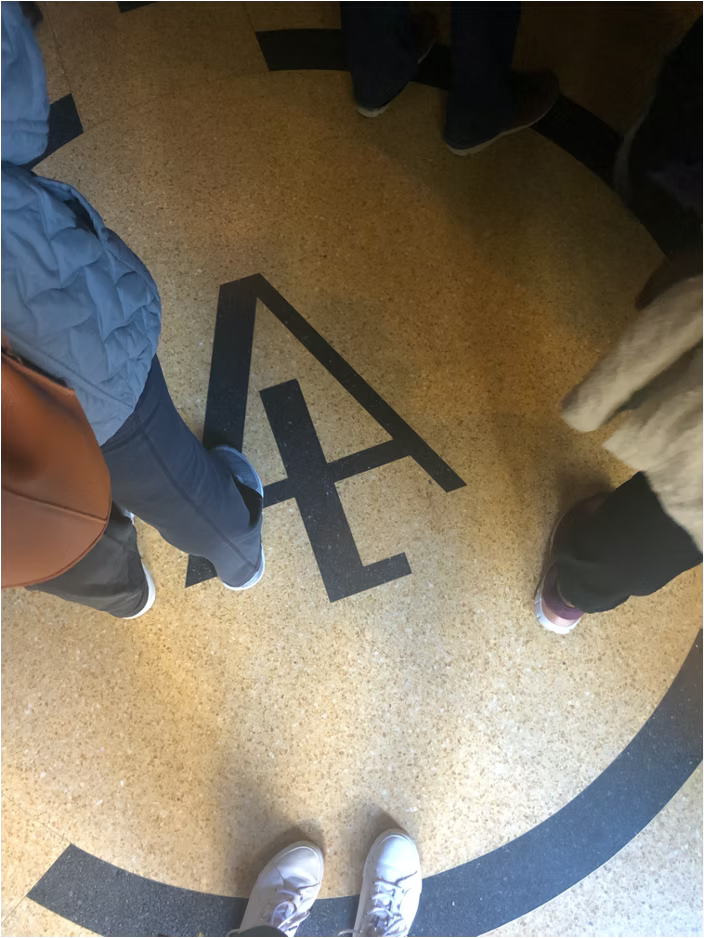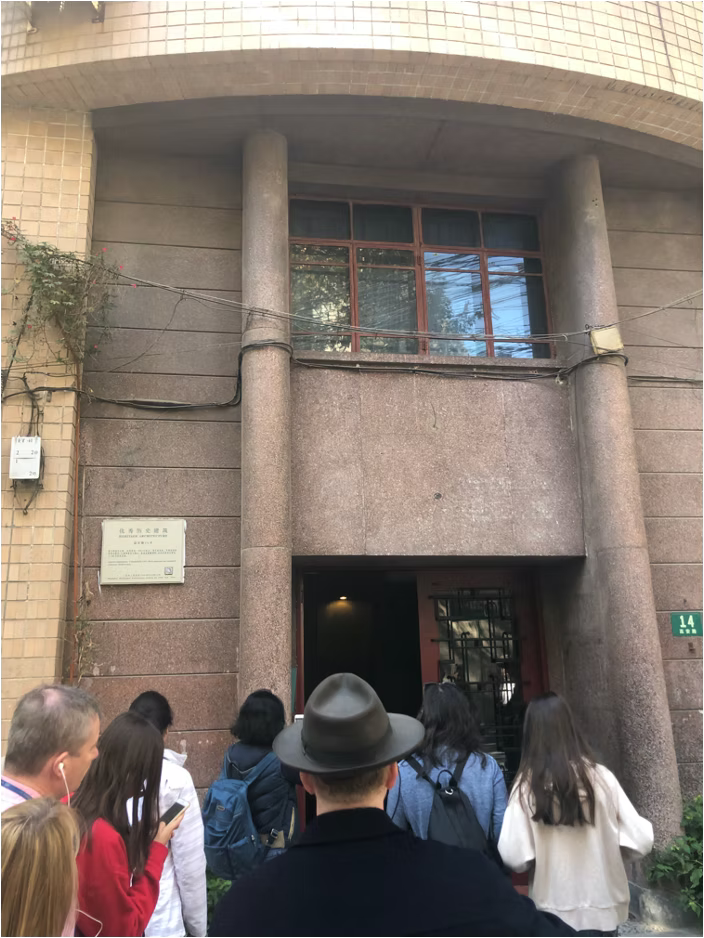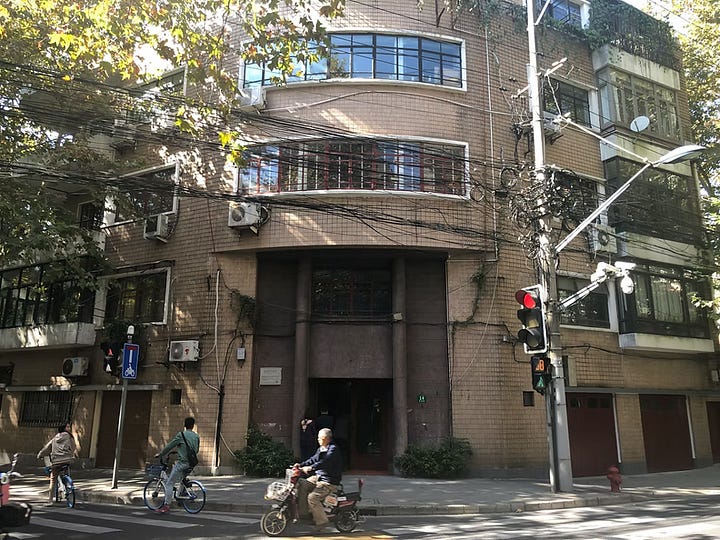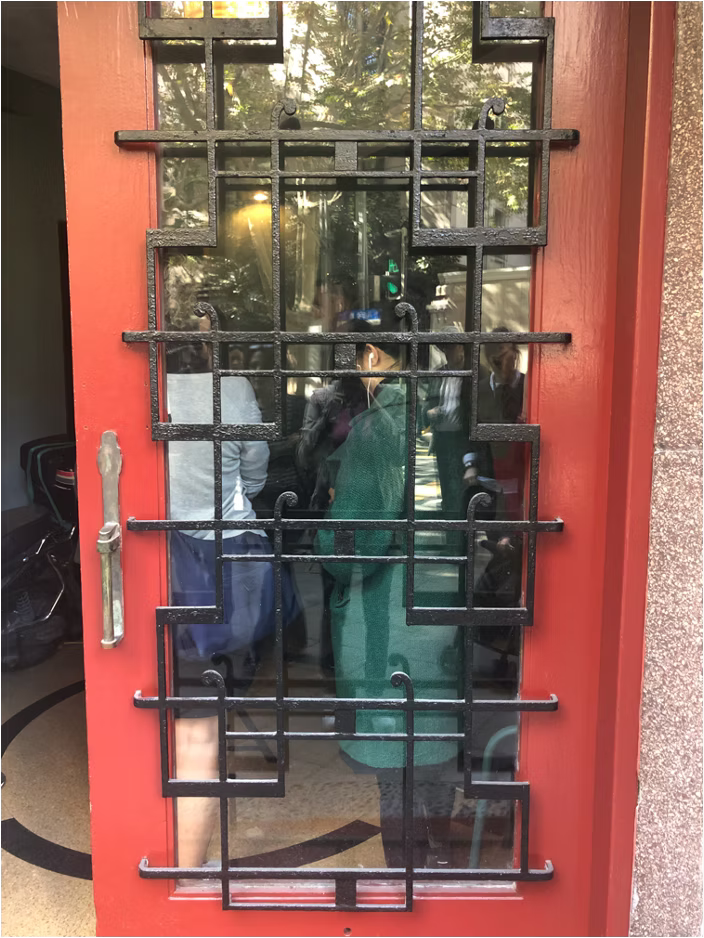Admiring the architecture in Shanghai's Former French Concession: Names and buildings you should know
There is a special relationship one builds with the city by getting to know the art, history, and architecture. Of course, one must make time for it. For the first two years in Shanghai, I never did, and I thought it was high time to enjoy a weekend out in the sun learning about where I have been living.
Shanghai is well known for its colonial history at the turn of the century and, as is inevitable during colonial times, there was a fair bit of cultural exchange. The area that most foreigners know as the Former French Concession, or FFC for short, is better known to the locals as the Xuhui District. The Xuhui District is full of Art Deco architectural gems some of which I was able to appreciate during this walking tour.
In the 1930s, 3 million people lived in Shanghai. Of those 3 million people, 600k lived in the French Concession. Of the 600k, only 12k were French expatriates. In the 1930s, the White Russians were the biggest population, and they mostly lived by the Okura Hotel. Nevertheless, among these expatriates (or immigrants) made a significant impact on architecture of the city.
Architect Alexandre Leonard (1890-1946)
Drawn to the opportunities in Shanghai’s booming real estate market, Parisian born Alexandre Leonard arrived in China in 1921. At arrival, he did what most expats do today in China, which was to teach at a language institute, but later went on to open an architectural firm with Paul Veysseyre called Léonard-Veysseyre in 1922 which Arthur Kruze, director of École Beaux Arts in Hanoi, later joined in 1934.
Having graduated the École of Beaux Arts in 1919 where he studied architecture grounded in classical arts and architecture of Rome and Greece, Leonard had a lot to offer to the great city of Shanghai. During his lifetime, he was twice married to Russians. In fact, it was for his second wife Anna that he built one of these most famous buildings— the Amyron Apartments.
Years later, after France ceded the Concession back to China in February 1946, Leonard mysteriously disappeared never to be found again. French officials gathered to read his will but were not provided a death certificate or evidence of death. His disappearance remains a mystery until today.
📍 The Midgets Corner Building 密丹公寓
Wukang Road / Hunan Road 密丹公寓
Considered one of the most art deco buildings on Wukang Road, this building was designed the architectural firm by Alexandre Leonard, Paul Veysseyre in 1931 before Arthur Kruze joined the gang.
The flat iron looking building is 5 stories high with each floor consisting of 2-bedroom apartments with kitchen, bath, hall, and servants’ quarters. The fifth floor was meant to be an artist’s studio while two gardens occupy the ground floor.
📍 Amyron Apartments
Gao'an Road / Kangping Road
Designed by Leonad as a gift to his second wife, Anna, the Amyron Apartments is a six story building that stands as both a beautiful example of Shanghai Art Deco architecture and a poignant monument to a love story interrupted by war and politics.
The Amyron’s Maritime Art Deco style, with its ship-like balconies and nautical details, reflects the cosmopolitan spirit of 1930s Shanghai. It is said to have been designed to be the living quarters of the many artists and performers of Shanghai’s bustling life.
The property became property of the Vichy government in 1942 when Leonard was stripped of his name, nationality, and property due to his marriage to Anna who was of Jewish descent.




Architect Nikolay N. Emanoff
*no specific date of birth or death or picture were found
Nicolas Nikolaevich Emanoff was a Russian architect who became a significant figure in Shanghai's architectural scene during the 1920s-1940s. Born in Novocherkassk on October 25, 1897, he fled to Shanghai after the Russian Revolution and went on to make significant contributing to the city during its most dynamic period of growth.
In 1940, together with another Russian architect E. L. Gindper, Emanoff founded Associated Architects. The company designed several buildings including the Friendship Apartments (1941), a modernist villa on Route Ferguson (1941), and T. Z. Woo's residence on Bubbling Well Road (1942).
He worked continuously in Shanghai's architecture scene for over 25 years (1922-1948), surviving multiple political upheavals, economic crises, Japanese occupation, and civil war. He lived in China until in December 1948, he and his wife Kira left China for Brazil, after he was accused of being a Soviet agent.
📍 Liangyou Apartments (The Friendship Apartments)
Fuxing Xi Road and Yongfu Road
The Liangyou Apartments is a six-story modernist building completed in 1941 in the former French Concession area of Shanghai. It was designed by Russian architects Nikolay N. Emanoff and L.E. Gindper in a dramatic Art Deco style, with speedlines drawing the eye upwards and a spectacular mosaic staircase (below).
The building was built at a time when the Japanese occupied the Chinese parts of Shanghai, and tens of thousands of refugees were fleeing into the safety of the Concessions and yet the Liangyou was not built for refugees but rather wealthy socialites. It’s now home to a mix of older Shanghainese and younger residents.
Though it came into the scene quite late (the heyday was the 1930s), the Liangyou Apartments represents one of the finest examples of third age of Art Deco architecture in Shanghai and showcases Emanoff's modernist approach during his independent practice period.







